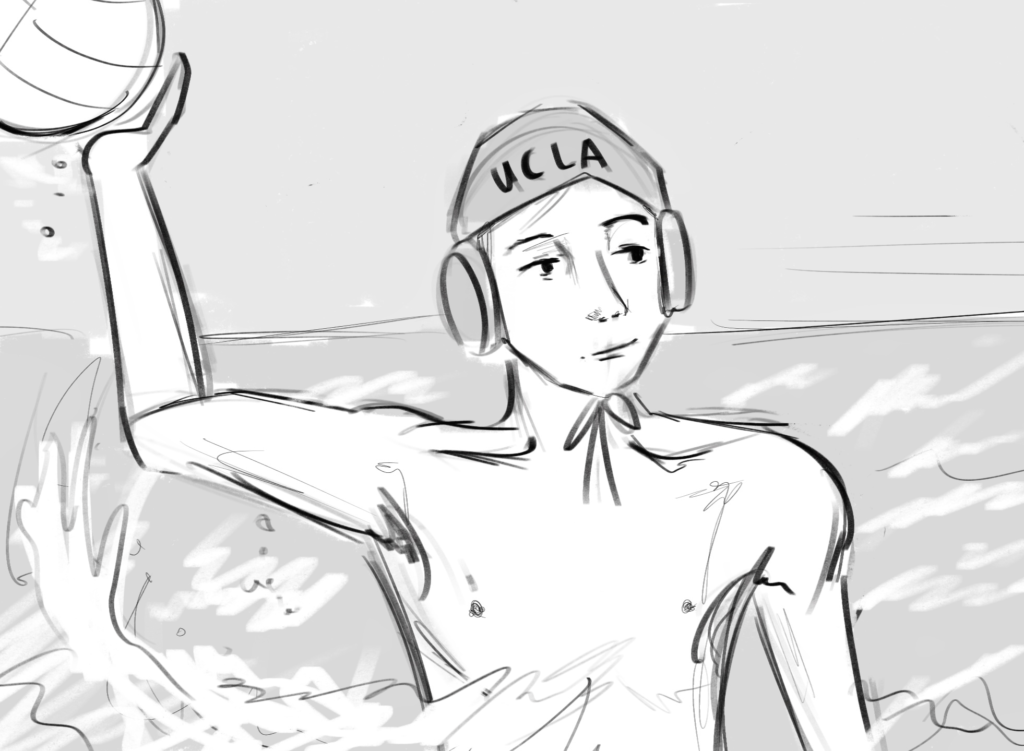For many athletes, the culminating achievement of a successful high school sports career is being recruited, which puts them on the path to continue playing their sport at the collegiate level. However, athletes often limit themselves to pursuing recruitment under the National Collegiate Athletic Association (NCAA), failing to consider alternative pathways like playing sports in community college under the National Junior College Athletic Association (NJCAA) or playing college club sports.
In the Class of `23, 13 student-athletes committed to playing sports for colleges across the country, with four of them committing to local community colleges: De Anza and West Valley.
Though attending a junior college is often stigmatized among student at Saratoga High, it is an option that gives athletes another chance at playing high level NCAA sports. By attending community college, athletes can extend their sports careers by two years while earning their associate’s degree. These extra two years can help students develop their skills and also increase exposure to coaches to give them another opportunity to be recruited to play NCAA sports at a 4-year institution.
The process of playing NCAA sports at the Division I, II and III level is highly competitive: across men’s sports, an average of 6.3% of high school athletes go on to play in the NCAA, and only 2.1% play Division I. Across women’s sports, an average of 8.25% of high school athletes play in the NCAA, while only 2.97% play Division I. These numbers are often significantly lower for more competitive sports like volleyball, soccer, and basketball.
Athletes often begin investing their time in the recruitment process early into their high school years. Although students cannot directly communicate with college coaches until the summer before their junior year, many athletes try to consistently stay at peak performance and be in constant, long periods of communication with multiple coaches at a time.
“Since my freshman year, I thought I was going to play Division I soccer and I went through the entire recruitment process, including getting scouted by coaches,” Class of ‘23 alumna and girls’ soccer player Gabi Golko said. “In my senior year, I decided to major in architecture and prioritized academics when choosing California Polytechnic State University.”
Golko is one of many students who attend 4-year universities but are not playing in the NCAA. For her, club sports provide the opportunity to continue soccer at a competitive level. While students still have to try out to make elite club teams, the process lacks the hassle and stress of NCAA recruitment.
Golko decided to join the Cal Poly women’s club soccer team, which is ranked third in the nation, and has found the experience to be rewarding. The team won the 2022 National Intramural-Recreational Sports Association (NIRSA) club championship in the women’s division.
“Everyone on my club team is incredibly talented, and seems like they would be able to play at a DI to DIII level,” Golko said. “It’s a great, competitive experience that also allowed me to find a community that is super joyful and exciting.”
Eli Tsives, last year’s boys’ water polo captain, is another example of an athlete who has gone on to play club sports: He is on the UCLA club men’s water polo team while attending the School of Theater, Film and Television.
“When I decided to attend UCLA, I thought my water polo journey was over because they’re the top-ranked collegiate team in the country,” Tsives said. “But the club team allows me to keep playing and vastly improve my skills.”
The UCLA club water polo team is also the 5th ranked team in the country, much like their NCAA counterparts. Club water polo is organized by the Collegiate Water Polo Association (CWPA) and is split into 16 regional divisions. Though they are often seen as casual sports, Tsives feels that club sports can also be highly challenging and competitive.
“The guys on the club team are bigger, faster, stronger and have much more experience than anyone I’ve played with before,” Tsives said. “Though I’m struggling to keep up right now, I hope to expand my skill set and eventually captain the club team as a senior.”
Emerging victorious after winning the Pacific Division in October, UCLA was seeded second going into the National Collegiate Club Water Polo Championships, which took place the weekend of Nov. 10. They finished fifth after losing to the eventual second-place team, University of Florida.
While some, like Tsives and Golko, use club sports as a way to stay engaged with the competitive athletic culture they left behind in high school, others, like Class of `22 graduates and water polo players Byron Jin and Daniel Jiang, who both play for the Carnegie Mellon University club water polo team, emphasize the goal of personal enjoyment.
“I play club water polo because it allows me to continue playing my sport, stay in shape and have fun,” Jin said.
CMU’s club water polo team, which placed third in the Mid-Atlantic division, seeks to remain competitive while promoting a healthy and welcoming environment for players of all skill and experience levels, [source said].
Whether they play at a junior college or on a college club, alumni find that furthering their athletic careers outside of the NCAA helps them stay involved in competitive sports as well as find personal fulfillment.
“Club is both super fun, but also pretty competitive so it strikes a really nice balance,” Golko said. “My biggest takeaway is a great experience creating like-minded friends.”




























